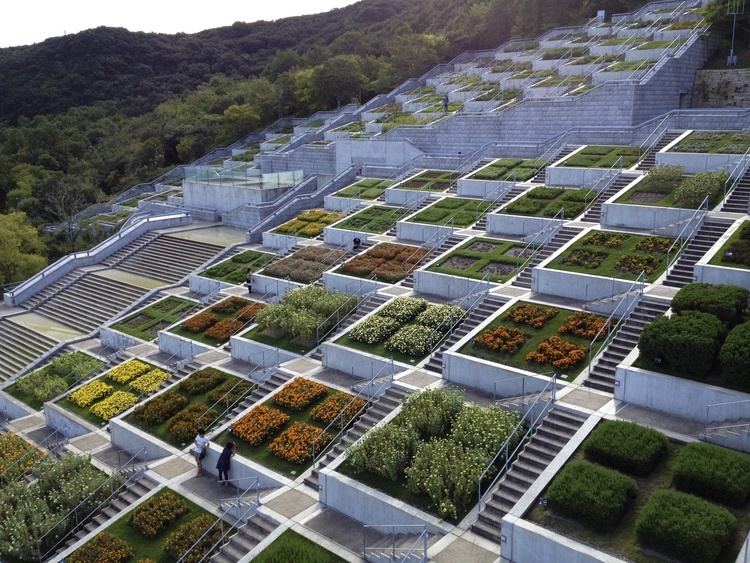Width 28 km (17.4 mi) Population 157,000 (2005) Area 592.6 km² | Length 53 km (32.9 mi) Highest elevation 606 m (1,988 ft) Pop. density 265 /km (686 /sq mi) Elevation 608 m | |
 | ||
Points of interest Awaji Island, Akashi Strait park, あわじ花さじき (Awaji H, Awaji Highway Oasis, Awaji Yumebutai Similar Akashi Kaikyō Bridge, Shōdoshima, Awaji World Park Onokoro, Sumoto Castle, Awaji Yumebutai | ||
Exploring japan adventures on awaji island
Awaji Island (淡路島, Awaji-shima) is an island in Hyōgo Prefecture, Japan, in the eastern part of the Seto Inland Sea between the islands of Honshū and Shikoku. The island has an area of 592.17 km², and is the largest of the Inland Sea's islands.
Contents
- Exploring japan adventures on awaji island
- Map of Awaji Island HyC58Dgo Japan
- GeographyEdit
- HistoryEdit
- References
Map of Awaji Island, Hy%C5%8Dgo, Japan
As a transit between those two islands, Awaji originally means "the road to Awa", the historic province bordering the Shikoku side of the Naruto Strait, now part of Tokushima Prefecture.
GeographyEdit
The island is separated from Honshū by the Akashi Strait and from Shikoku by the Naruto Strait. Since April 5, 1998 it has been connected to Kobe on Honshū by the Akashi Kaikyō Bridge, the longest suspension bridge in the world. Since its completion the Kobe Awaji Naruto Expressway across the island has been the main eastern land link between Honshū and Shikoku. The Naruto whirlpools form in the strait between Naruto, Tokushima and Awaji.
The Nojima Fault, responsible for the 1995 Great Hanshin earthquake, cuts across the island. A section of the fault was protected and turned into the Nojima Fault Preservation Museum in the Hokudancho Earthquake Memorial Park (北淡町震災記念公園) to show how the movement in the ground cut across roads, hedges and other installations. Outside of this protected area, the fault zone is less visible. The Onaruto Bridge Memorial Museum (大鳴門橋記念館, Ōnarutokyō Kinenkan) and the Uzushio Science Museum (うずしお科学館, Uzushio Kagakukan) are located near Fukura.
HistoryEdit
According to the creation myth in Shinto, Awaji was the first of the ōyashima islands born from the kami Izanagi and Izanami. Awaji constituted a province between the 7th and the 19th century, Awaji Province, and was a part of Nankaidō. Today the island consists of three municipalities: Awaji, Sumoto and Minamiawaji.
The Awaji Ningyō-Jōruri, a more-than-500-year-old form of traditional puppet theater, or ningyō-jōruri, daily performs several shows in the Awaji Ningyō-Jōruri Hall (人形浄瑠璃館) in Minamiawaji, Hyōgo in the southern part of the island and is designated an Intangible Cultural Heritage of Japan. The Awaji puppets perform popular traditional dramas but have their origins in religious rituals.
Tadao Ando designed several structures on the island, amidst them the Hompuku-ji water temple (本福寺) and the Awaji Yumebutai, both located in Awaji, Hyōgo.
In 1995, this island was the epicenter of the Kobe earthquake, which killed over 5,502 people.
